GARDINER — Every day, hundreds of cars and trucks pass by the stone church that sits at the top of Church Street at its intersection with Dresden Avenue.

Most drivers probably note it only in passing — after all, what’s a Maine city or town without an old church or two?
But this particular church, Christ Episcopal Church, in this particular year is worth a second look. As the state celebrates the 200th anniversary of its statehood, so too is the church celebrating its bicentennial, with a special service Sunday afternoon noting the anniversary of its consecration in October 1820.
In a different year, the celebration would fill the pews in the worship hall. Sunday’s eucharistic service, like the church’s other services this spring and summer, will be held outside on property adjacent to the church building, the Rev. Kerry Mansir said.
While the driving force for that change has been public health directives limiting the size of indoor gatherings, Mansir said the move reflects a broader message for church members and for Gardiner.
The building is beautiful, she said, but the church’s identity is more than a beautiful church.
“Over the past few years, we’ve really been trying to convey that we really want to Christ Church to be part of the community, and for the congregation to see that while this is a place for us to worship and learn, it’s more about our call in our ministries that the real work is out in the community,” Mansir said. “I think that’s been one of the beautiful things about worshipping outside this summer, that we can feel like it’s easier to imagine that our ministry goes beyond just being in the church.”
The Episcopal church — formally Christ Church on the Common — has been an integral part of Gardiner from its earliest days.
Services were held on the land where the church now stands starting in 1763, and the first church to stand on the property was St. Ann’s, a wooden church built in 1771 and dedicated the next year. In 1793, Henry McCausland, an early settler and Revolutionary War veteran, had a vision that he was to burn down the church and kill its rector. He torched the church and killed a woman but the rector was unharmed.
By the next year, the church had been rebuilt and was consecrated. But within about 25 years, the congregation was ready for a new church.
Robert Hallowell Gardiner, grandson of Gardinerstown Plantation founder Silvester Gardiner, commissioned the Rev. Samuel Jarvis to design a building for the expanding congregation. The cornerstone was laid in May 1819, and the church, the Gothic stone church that stands there today, was consecrated on Oct. 20, 1820.
Sitting at the top of Church Street, the church claims a prominent place in the city, overlooking downtown Gardiner, which was once an industrial center powered by the water in Cobbosseecontee Stream.

The Gardiner Public Library Archives includes this letter from Robert Hallowell Gardiner to the Rev. Samuel Jarvis commissioning the design of Gothic style stone church to be build in Gardiner. The letter was found on eBay. Kennebec Journal photo by Jessica Lowell
Bits and pieces of its history are stored in the Archives Room at the Gardiner Public Library, including notes from church histories and earlier anniversary celebrations. The parish is the only Episcopal parish with colonial-era roots that’s still serving the Diocese of Maine; in fact it, along with an Episcopal church in Portland, formed the diocese, which held its first convention in March 1820.
In 1973, it was placed on the National Register of Historic places.
Dawn Thistle, the archive librarian at the Gardiner Public Library, said she has been able to learn a great deal about the church through the collection and her work with William King and Henry McIntyre to restore the long-neglected St. Ann’s churchyard that sits just south of Christ Church.
The church’s impact on the city — situated along the banks of the Kennebec River — included more than just offering a place to worship.
St. Ann’s was where Gardiner residents voted on statehood in 1819, paving the way for independence from the Commonwealth of Massachusetts the following year, she said.
It’s also where Town Meetings were held and housed city government. And when fires broke out, its church bell warned the residents.
“It was the only church bell in town,” she said.
People came to Gardiner at the behest of Robert Hallowell Gardiner, the church’s benefactor. They brought their talents with them, including Revolutionary War Gen. Henry Dearborn, whose daughters are buried in St. Ann’s churchyard, and the man who opened the first paper mill in Gardiner. And Gardiner’s contributions to the community carried with them lasting impact, with the founding of a bank and a lyceum, the nation’s first technical school.
The more she learns about the church’s history, Thistle said the more it’s clear that it’s interwoven in the entire history of Gardiner from its earliest days.
“It’s the beginning of our written history in Gardiner,” she said.
Sunday’s service will be held at 2 p.m., with live music, and will be livestreamed on Facebook. In the event of bad weather, the service will be postponed.
Mansir said reservations are being accepted to help church officials plan for seating family groups together. The link for reservations is available on the church’s website, christchurchgardiner.org.
Send questions/comments to the editors.

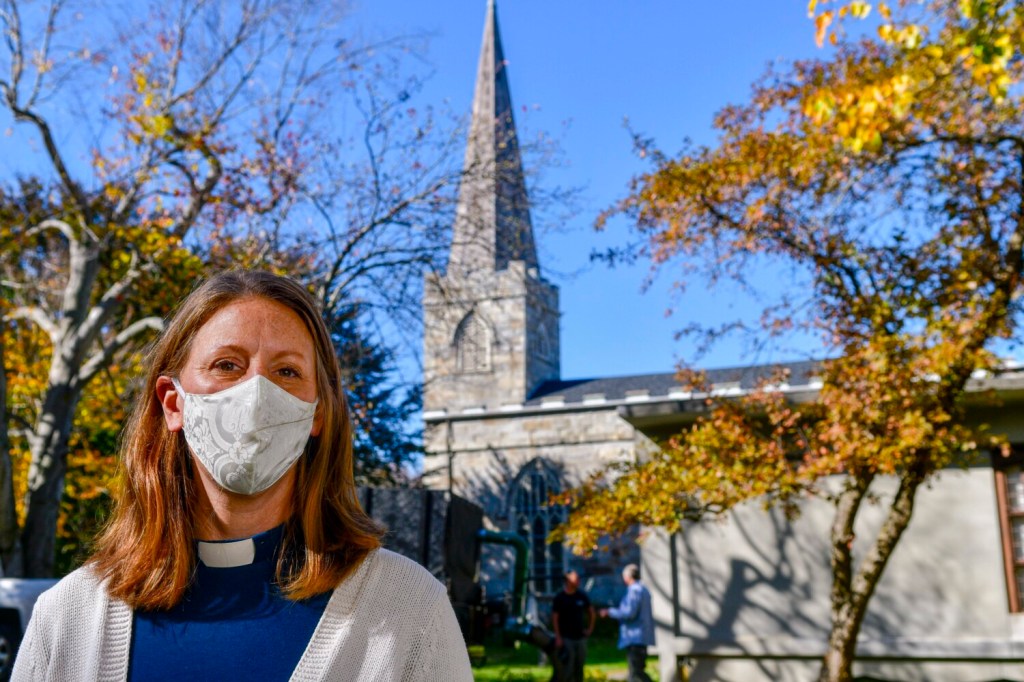
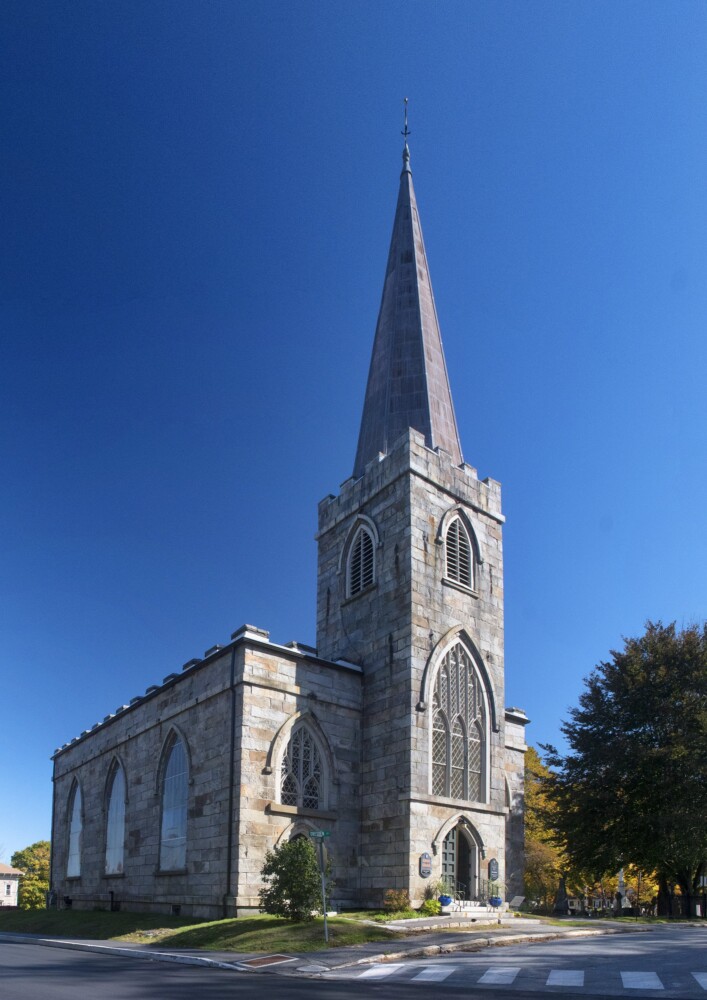
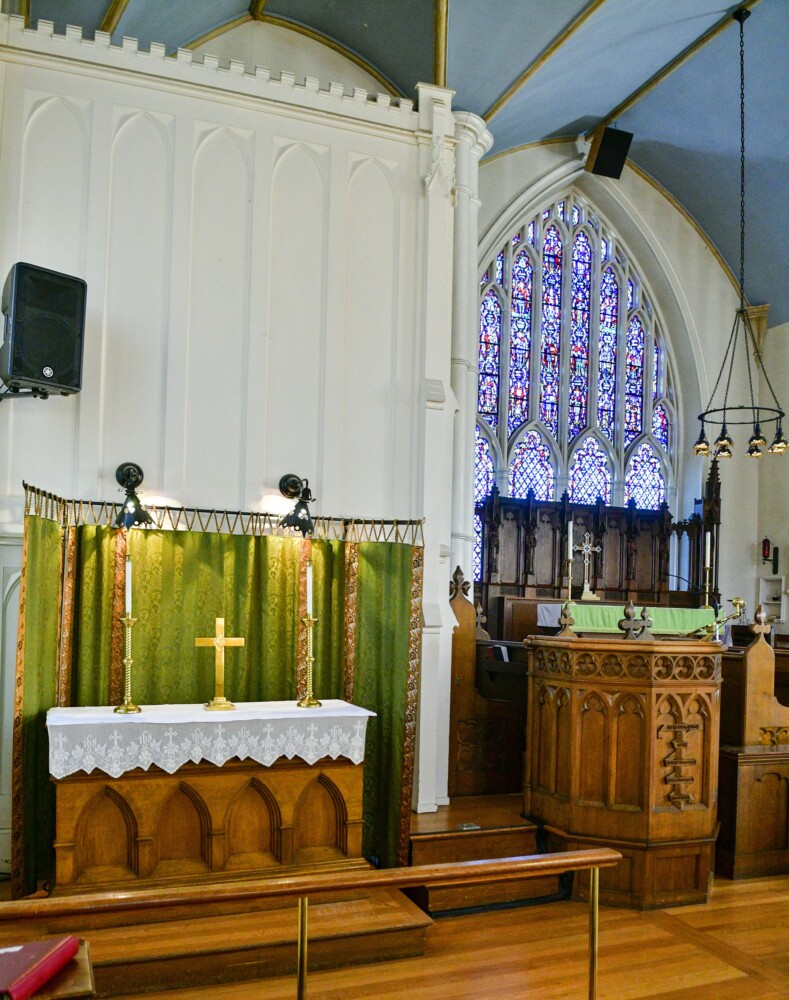
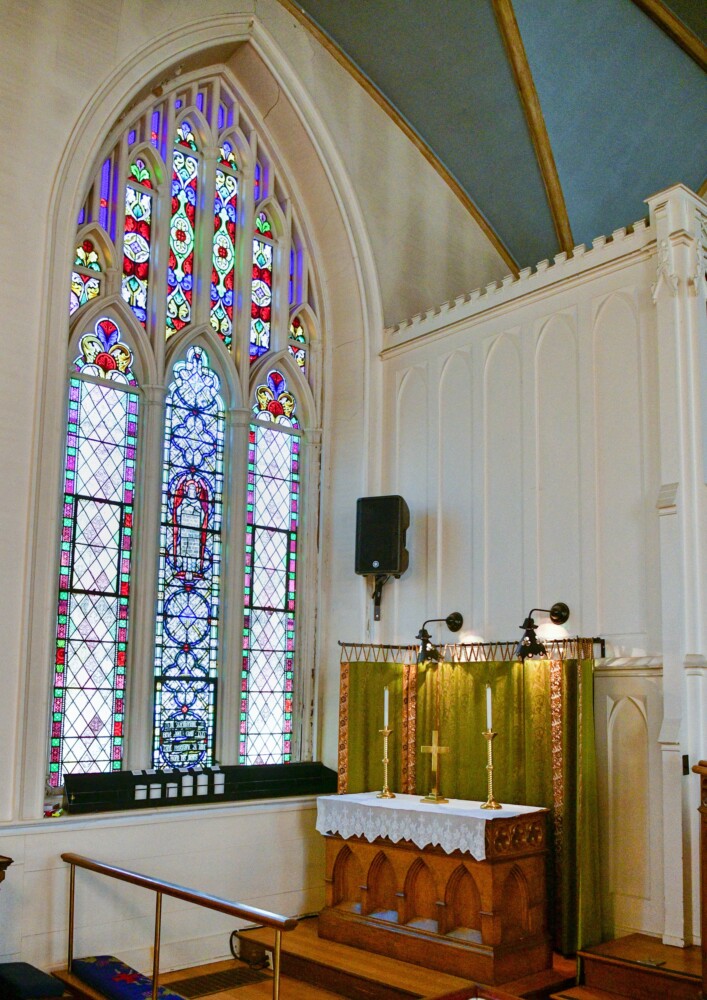
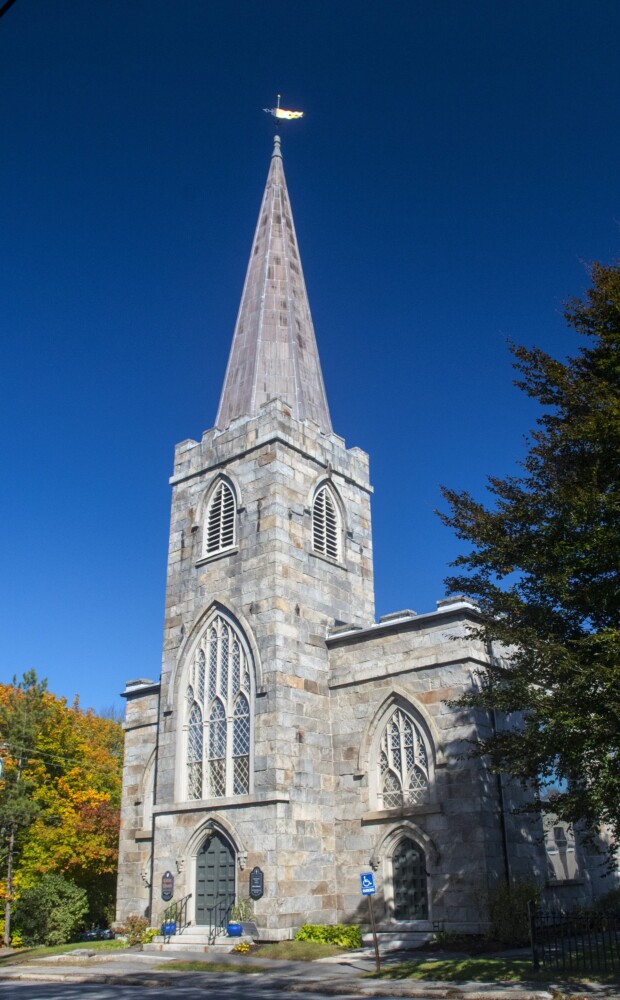


Success. Please wait for the page to reload. If the page does not reload within 5 seconds, please refresh the page.
Enter your email and password to access comments.
Hi, to comment on stories you must . This profile is in addition to your subscription and website login.
Already have a commenting profile? .
Invalid username/password.
Please check your email to confirm and complete your registration.
Only subscribers are eligible to post comments. Please subscribe or login first for digital access. Here’s why.
Use the form below to reset your password. When you've submitted your account email, we will send an email with a reset code.